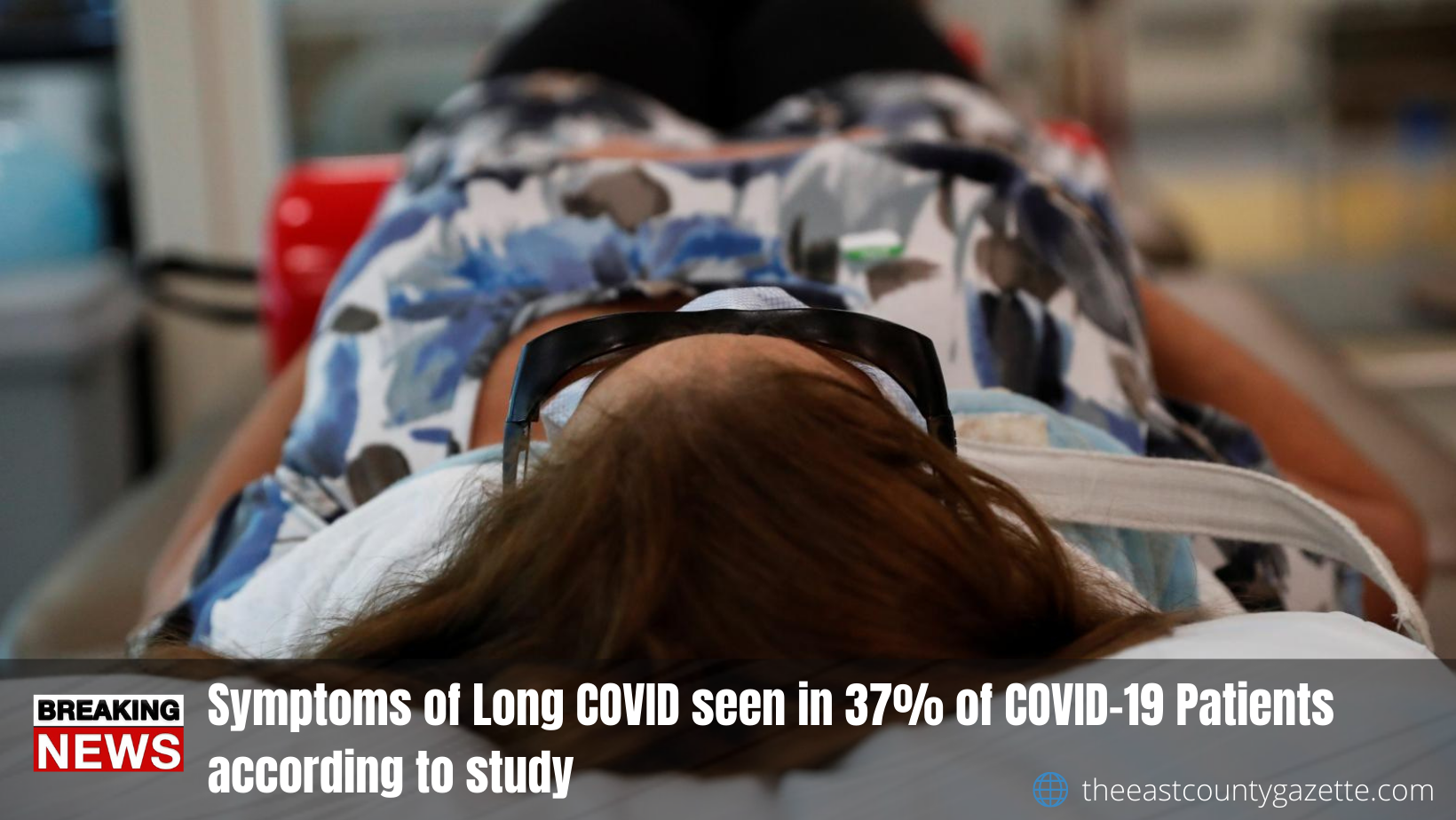Researchers from Oxford University set out to discover more about long Covid and found that a startling one-third of people who caught the virus were still experiencing one or more symptoms between three and six months after being diagnosed.
In many cases, patients had apparently recovered, only to find that weeks later they began experiencing new symptoms, or realized that they had in fact not yet shaken off the effects of infection.
The new study looked broadly at all patients with a Covid diagnosis—regardless of whether they would identify as suffering from long Covid—and whether they continued to suffer one or more symptoms in the subsequent six months.
The study found a long tail for the illness in a large proportion of the population, while the use of a control group enabled the researchers to establish whether long Covid differed from the ongoing effects of other illnesses.
The researchers also found that the types of symptoms people suffered were significantly different depending on age and gender, as well as on the initial severity of their infection.
Recommended Read: Is It Possible to Get Unemployment Benefits After Refusing COVID-19 Vaccine?
How do you know it’s long Covid?
The study drew on electronic health records for almost 274,000 US patients with Covid-19 in one six-month period and compared them with about 114,000 people diagnosed with influenza in the same period.
They identified nine potential symptoms of long Covid, finding that in the period between three and six months after diagnosis, 37% of Covid patients had at least one of them. This was 1.5 times higher than the symptoms reported by influenza sufferers.
Symptoms studied were abnormal breathing, abdominal symptoms, chest/throat pain, cognitive problems (also called “brain fog”), fatigue, headache, muscle pain, other pain, and anxiety/depression.
This last was the most common, with 15% of people suffering it in the three to six-month period, but the researchers also noted that if all types of pain were collected together, then the pain was the most common lasting symptom.
The researchers also compared two time periods, from day one to day 180, which included the initial acute phase, and from day 90 to day 180 only.
They found that it was more likely for the pain to be reported in the later time period than in the longer one, suggesting that pain may have started after patients believed they had initially recovered.
Recommended Read: How Mark of the Beast Is the Reason Behind Americans Resisting Covid-19 Vaccine?
Women and younger people were more likely to report headaches and muscle pain, and women were more likely to have abdominal symptoms and anxiety/depression. Men were more likely to experience breathing difficulties and brain fog.
Of course, the picture provided by the study is imperfect: It could only capture those who reported symptoms, not those who didn’t and only picked up those with a diagnosis of either Covid or influenza, missing those who went undiagnosed or didn’t seek treatment.
But as one of the largest comparative studies of long Covid to date, it provides evidence that a significant proportion of people who are trying to “get back to normal” after their recovery—be that work, caring responsibilities, creativity, or anything else—will have health issues to manage, even if they don’t identify as having long Covid.

